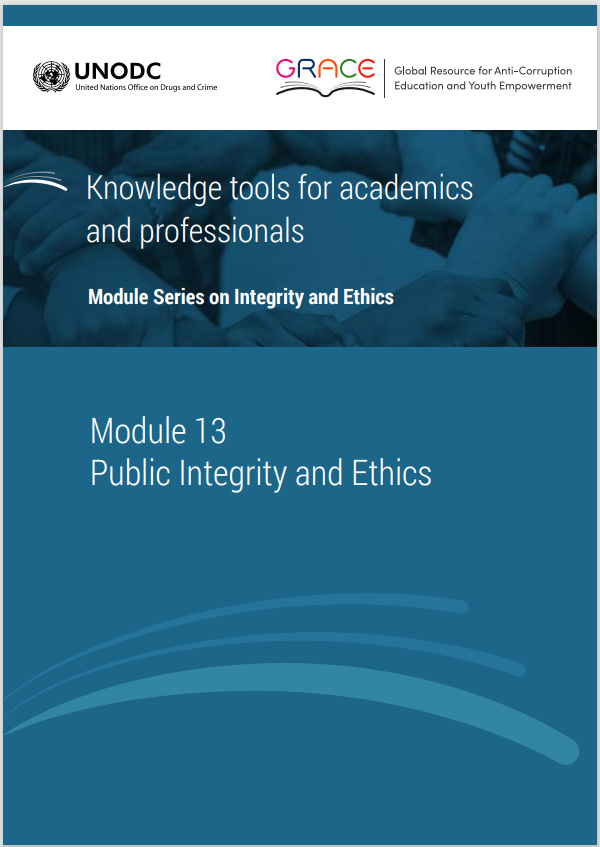This module is a resource for lecturers
Guidelines to develop a stand-alone course
This Module provides an outline for a three-hour class, but there is potential to develop its topics further into a stand-alone course. The scope and structure of such a course will be determined by the specific needs of each context, but a possible structure is presented here as a suggestion.
|
Session |
Topic |
Brief description |
|
1 |
Personal values and ethical dilemmas |
Students discuss their personal values, reflect on ethical dilemma situations and learn the three major ethical theories (i.e. utilitarianism, deontology, virtue ethics). This can be taught based on or together with Integrity and Ethics Module 1. |
|
2 |
Ethical decisions |
Students learn that decisions are the result of both rational cognitive and emotional processes. They watch the Eagleman video "How do I decide?" and discuss its relation to their own experiences. |
|
3 |
The power of the context |
Students watch a short film about Zimbardo's prison experiment and discuss how context can condition behaviour. They simulate some of the ethical experiments of Ariely and Mazar and discuss how framing and reminders change decision situations. This can be taught based on or together with Integrity and Ethics Module 6. |
|
4 |
Ethical climate |
Building on the films and experiments during the previous sessions, students explore how a positive climate and ethical reminders can be used to build an ethical climate. |
|
5 |
The democratic system and its values |
Building on their own positive collective experiences, students explore the systemic connections among democratic values and the implementation of values and public trust. |
|
6 |
The role of public administration and public servants |
Students explore the role of the public administration in the democratic system, the democratic value universe, the diverse relations among the components of the system and the specific values pertinent to these relations. |
|
7 |
Public ethics codes |
Like the exercise in the Module but in an extended format, students explore the values and principles in the public ethics code of their own country and attempt to apply them in a particular case. |
|
8 |
Clashing values in public service |
Drawing on the Graaf-Huberts-Smulders (2014) article, students explore typical value clashes in the public sector and the standard mechanism for dealing with them. They also discuss strengths and weaknesses of these mechanisms, and what alternatives could be introduced for decision processes. |
|
9 |
Public integrity management |
Students learn about the aim, process and instruments of public integrity management. They also learn to distinguish rule-based and value-based processes and instruments. |
|
10 |
Organizational integrity management |
Some organizational integrity management systems are presented to students and they discuss how these systems apply the instruments and implement the objectives of public integrity management. |
|
11 |
Working with civil society to strengthen integrity in public service delivery |
Students learn about the community projects implemented by Integrity Action and the "Fix-Rate" methodology and the "Integrity Pact" method of Transparency International. They discuss the potential role of civil society stakeholders in assuring public integrity and potential projects in their own environment. |
|
12 |
Strengthening integrity and ethics of my own environment |
Students reflect in a structured process on how to initiate an integrity and ethics process or management system in their universities, while applying what they learned in the course. They identify existing instruments and evaluate them, and design additional instruments. If time and competences allow, they may even develop an integrity strategy for their university. |
